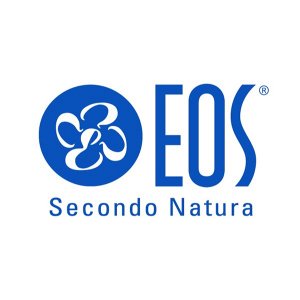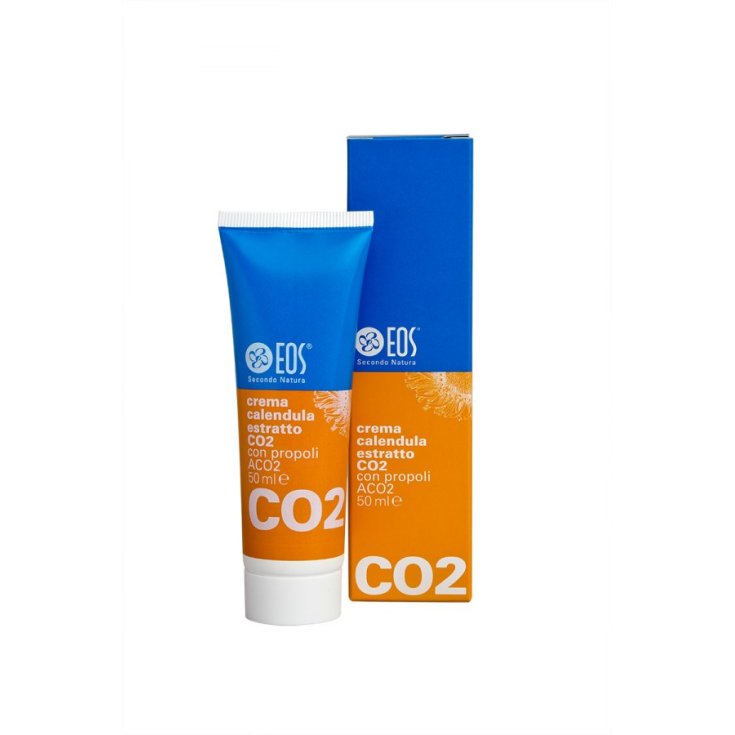Eos Cream Calendula Co2 Extract 50ml

- Brand: EOS Srl
- Product Code: 970987398
- EAN:
- Availability: In Stock
- Purchase 3 items for 7.72€ each
- Purchase 4 items for 7.56€ each
- Purchase 5 items for 7.41€ each
Eos
Calendula cream
Co2 extract
The efficacy and quality of a standardized Calendula extract mainly depend on the content of the faradiol monoesters , components of a lipophilic nature that are difficult to extract with traditional methods.
CO2 extraction is an innovative, gentle and environmentally safe technology for the production of lipophilic plant extracts. The method, based on the use of carbon dioxide, separates bioactive materials from plant substances. Since the high pressure process works without the stress of high temperatures and in the absence of oxygen, the extracts obtained are sterile and do not need preservatives; the process also takes place in a closed circuit and does not involve any release into the environment of fumes or residues.
The traditional extracts of Calendula are obtained by maceration on a lipophilic basis (oil or lanolin), with the disadvantage of offering a very diluted extract, a partial presence of active ingredients (non-lipophilic), sometimes with the use of high temperatures. Other procedures are based on extraction with solvents: water and ethanol (hydroalcoholic) or glycol (glycolic). The extracts obtained contain only some of the active ingredients, often not titrated and "soiled" by the residues of the solvent used. The best technology to obtain a Calendula lipophilic extract is CO2 extraction.
The CO2 Calendula extract is made 100% of the Calendula ingredients and can be used in a dermatologically active preparation, at precise dosages.
The ACO2 extraction is a patented and innovative extraction method which, through a "dismantling" of the biocompatible and effective plant structures, allows to obtain a synergistic multimolecular complex where each molecule is free to react individually. The method avoids grinding and thermal shocks; the reactive capacity and bioavailability are extremely high (from 500 to 600 times) compared to "bound" molecules.

